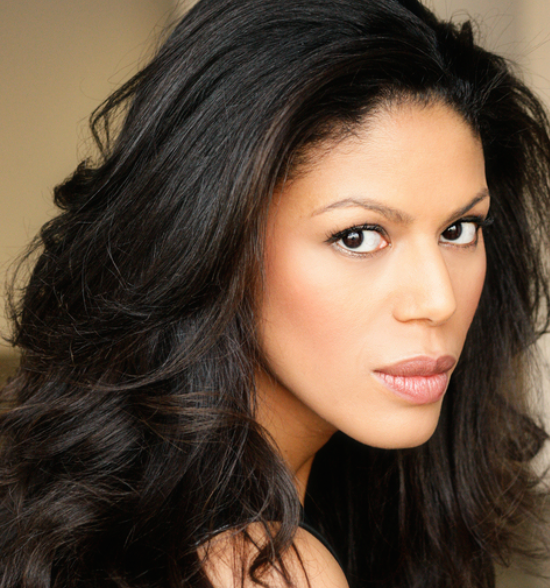How Jesse Williams Stole BET Awards With Speech on RacismPosted in Articles, Arts, Media Archive, Social Justice, United States on 2016-06-27 18:42Z by Steven |
How Jesse Williams Stole BET Awards With Speech on Racism
The New York Times
2016-06-27
 Jesse Williams accepting the humanitarian award at the BET Awards on Sunday in Los Angeles. Credit Matt Sayles/Invision, via Associated Press Jesse Williams accepting the humanitarian award at the BET Awards on Sunday in Los Angeles. Credit Matt Sayles/Invision, via Associated Press |
The BET Awards Sunday featured tributes to Prince and Muhammad Ali, and a performance by Beyoncé and Kendrick Lamar. But this year, the actor Jesse Williams commanded the spotlight with an impassioned speech calling for an end to police killings, racial inequality and cultural appropriation.
His was far from the only political statement of the evening: With the words “Don’t Trump America” written on his back, the singer Usher used his performance to make a statement against Donald J. Trump. And when Taraji P. Henson, the star of “Empire,” accepted her best actress award, she also warned the audience about Mr. Trump.
Since 2009, Mr. Williams has been played the role of Dr. Jackson Avery on “Grey’s Anatomy.” When he is not working on the set of the hospital drama, Mr. Williams, a former teacher, champions causes related to civil rights. He starred in and produced “Stay Woke: The Black Lives Matter Movement,” a documentary that premiered last month on BET. He produces Question Bridge, an art project about the experience of black men in America, and works with Sankofa, an organization dedicated to ending racial injustice.
The child of a white mother and a black father, Mr. Williams told The Guardian last October that his parents had shaped his activist roots, and said that being biracial allowed him to see both sides of a cultural divide.
“I have access to rooms and information,” he told the newspaper. “I am white and I am also black. I am invisible man in a lot of these scenarios. I know how white people talk about black people. I know how black people talk about white folks.”…
Read the entire article here.




